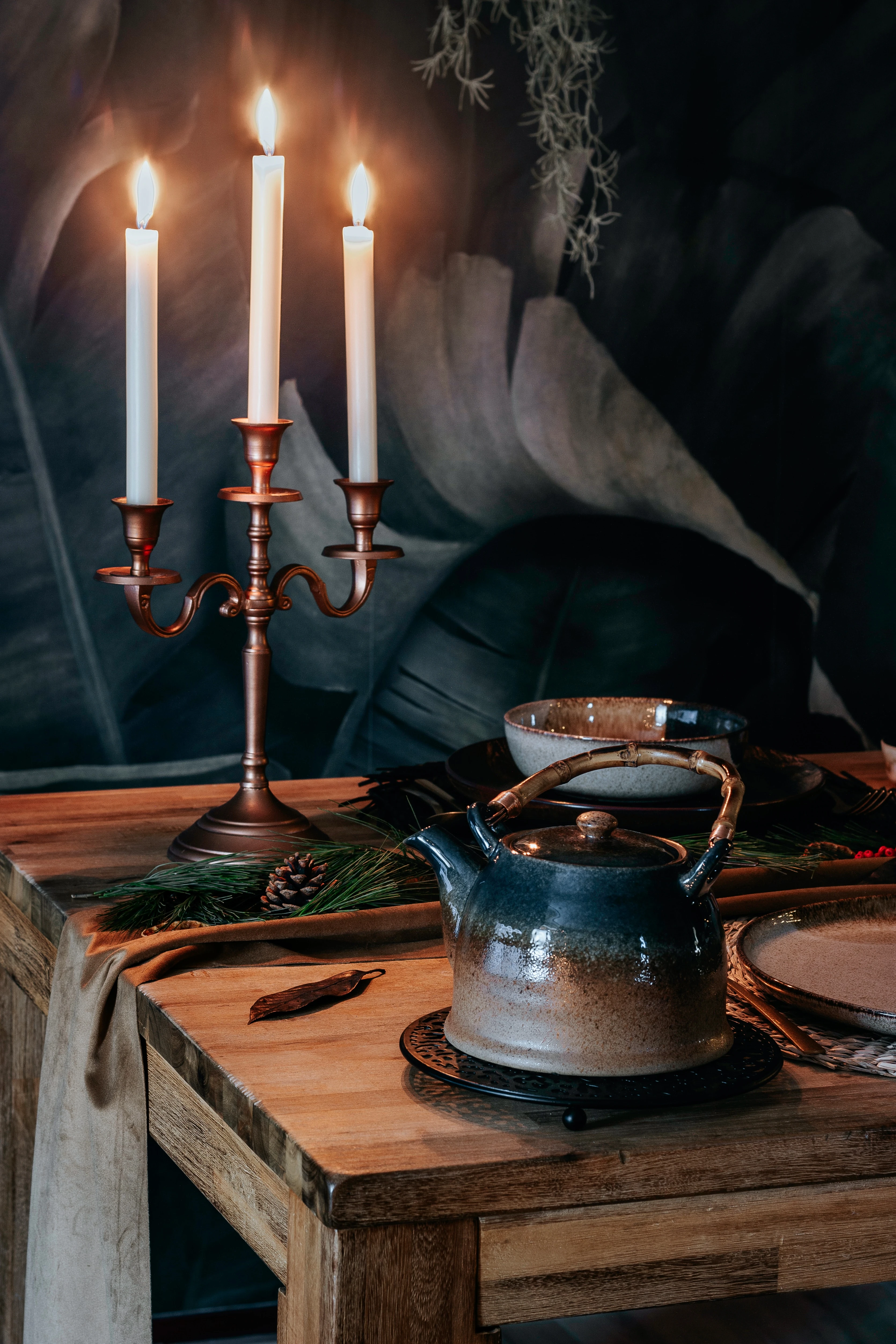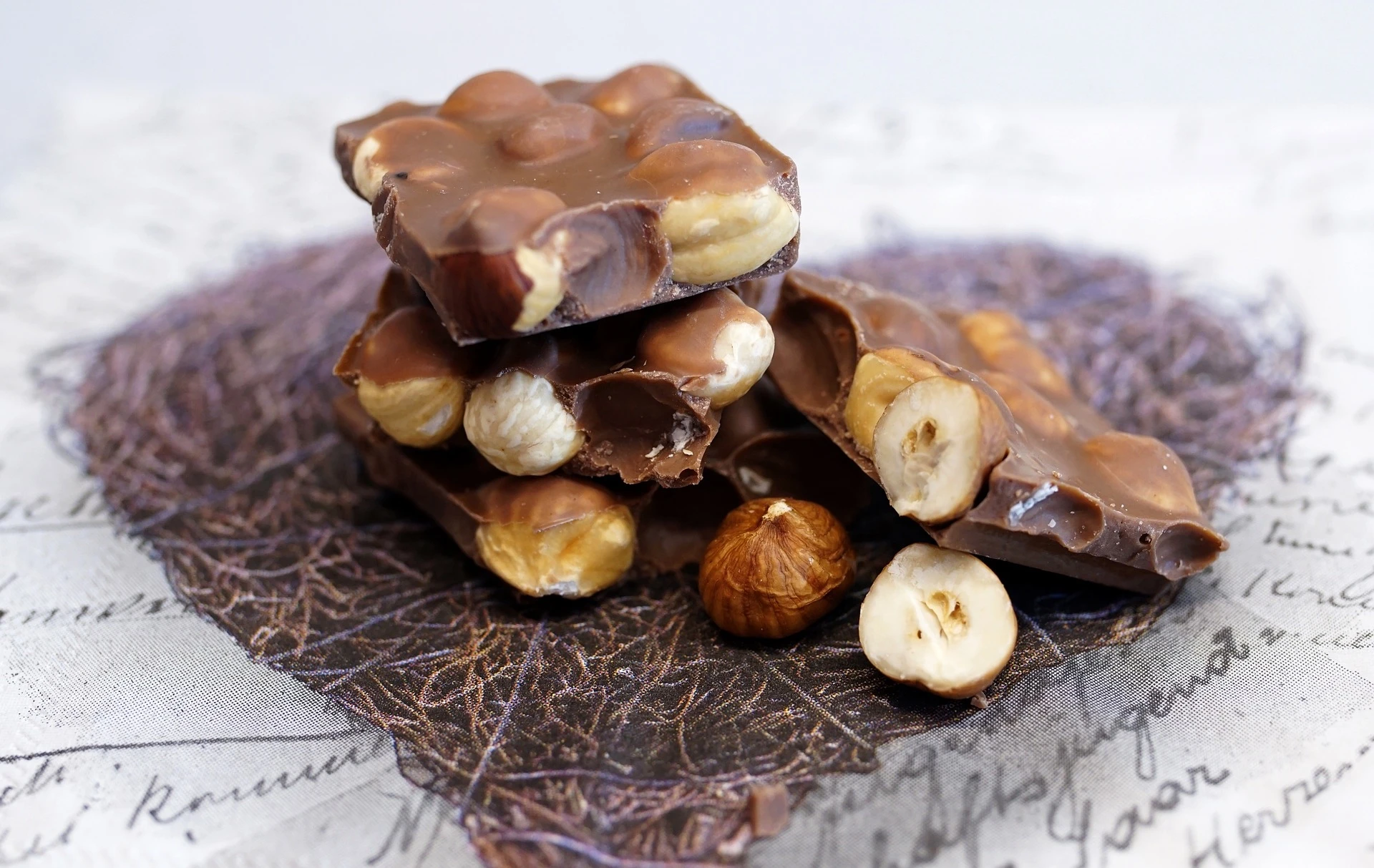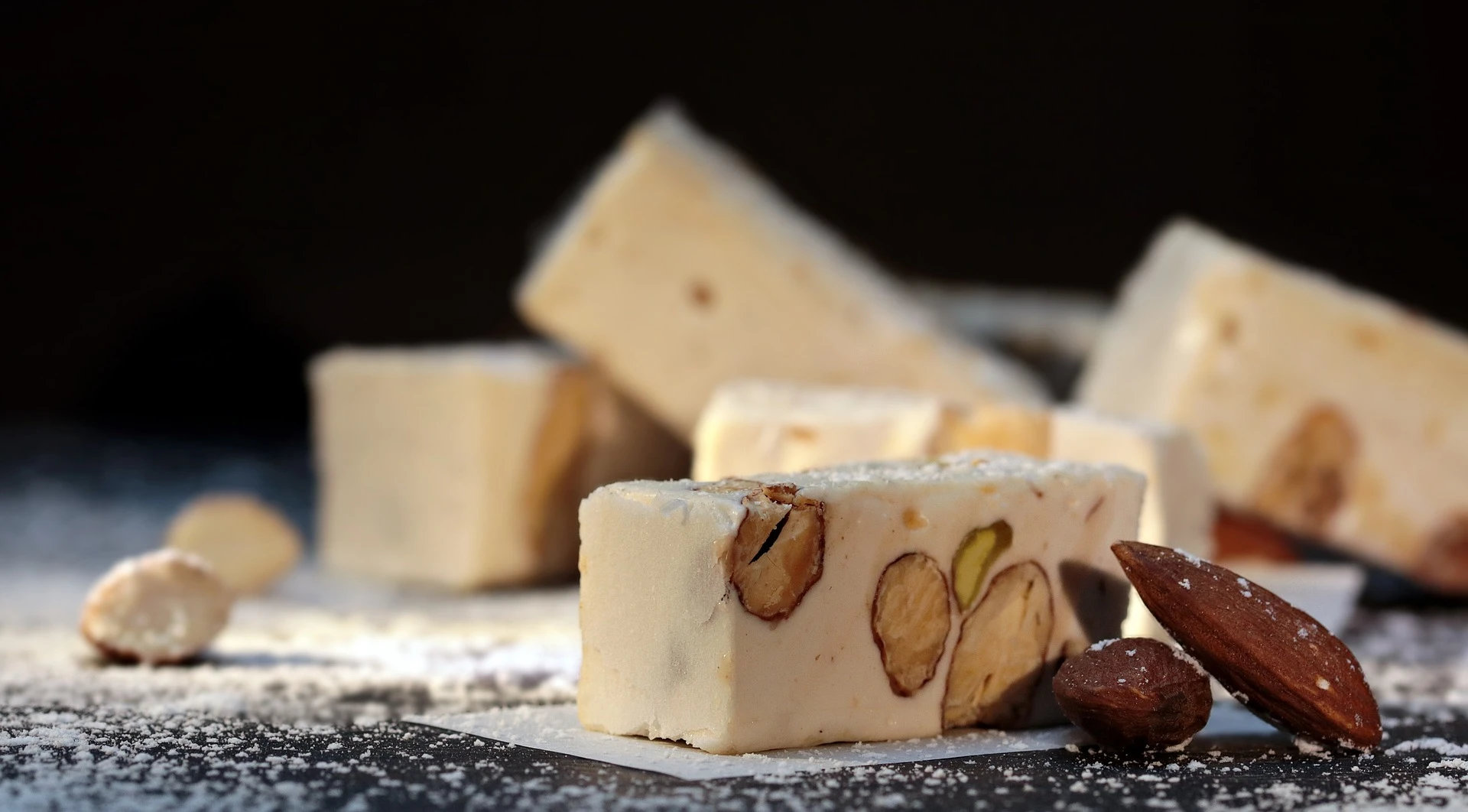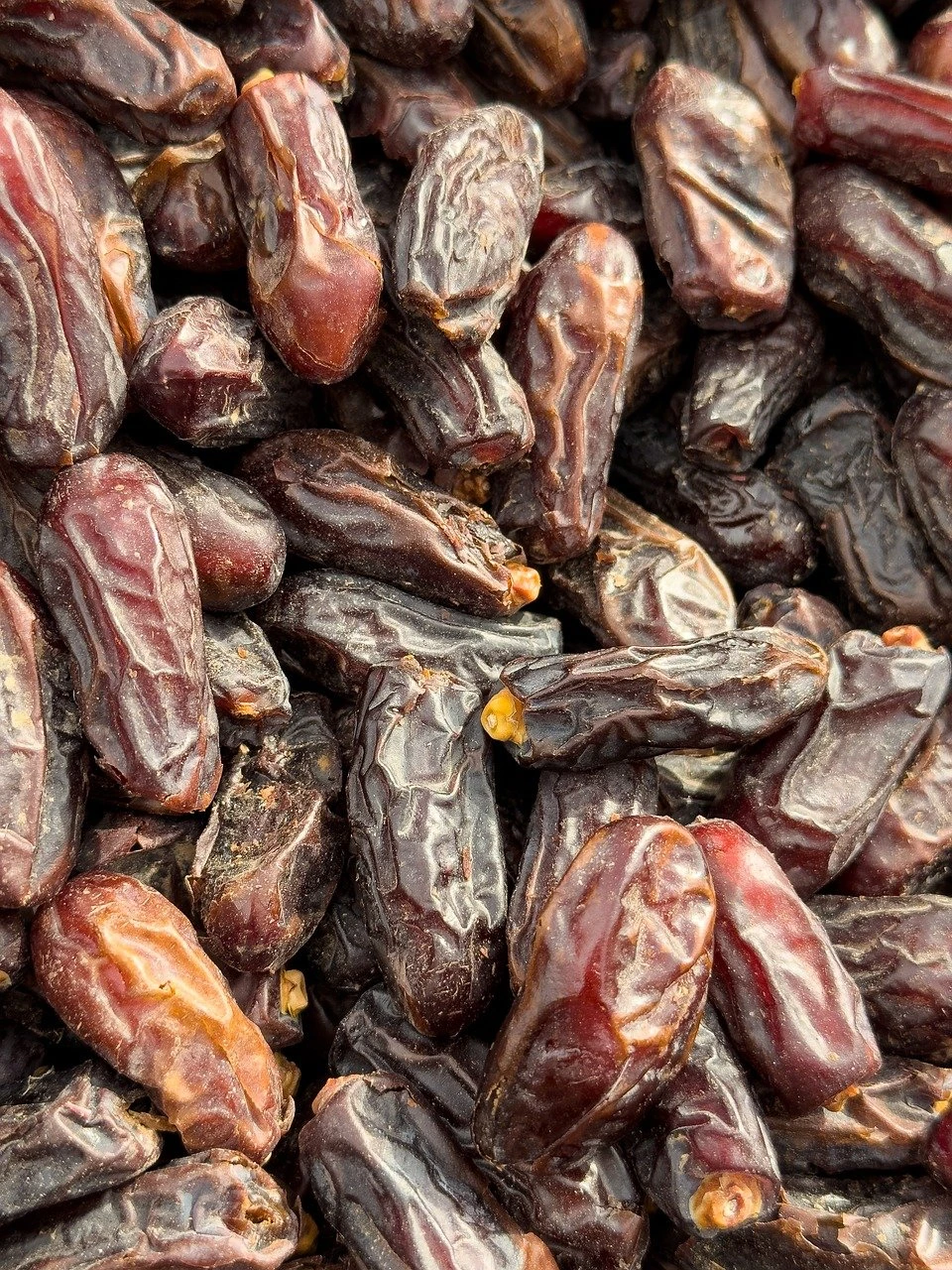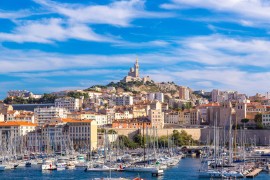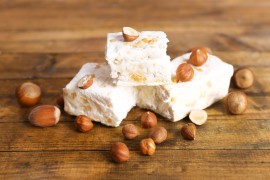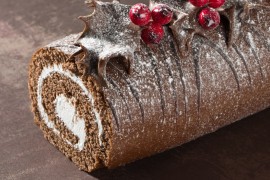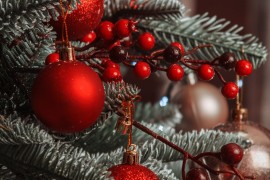There may be translation errors. Our translator overindulged in the 13 desserts and suffered from indigestion. His mother takes his place, and she speaks Portuguese.
The Christmas table in Provence
The three-branch candlestick is a must-have on any Provencal Christmas table. It symbolizes the Trinity. Photo chosen by monsieurdefrance.com: micheile henderson on Unsplash
Symbols
It's a very special table, full of symbolism. It necessarily includes 3 white tablecloths to recall the Holy Trinity. A symbol also found in the 3 candlesticks or a three-branched candlestick and the 3 plates of lentils placed on top. We don't change our tablecloths for 3 days, and we remember to add an extra place setting for the poor or vagrant. It's also customary to raise the edges of one of the tablecloths to prevent evil spirits from invading the house.
Le Gros souper / The big dinner
This is the name of the Christmas Eve meal, because it was once the richest meal of the year. Traditionally, several courses are served before the 13 desserts. In general, 7 courses are presented. The dishes vary according to social class, but are never meat-based. Fish is more common. For example, snails, chard gratin, cod, anchovy paste, omelettes (with truffles) and the famous "aïgo boulido", a garlic-based broth with thyme and laurel.
A beautiful Christmas table. Photo chosen by monsieurdefrance.com: Todd Trapani on Unsplash
The 13 desserts
They, too, are highly symbolic, representing the last meal of Christ and the 12 apostles, i.e. 13 people. Placed on the table, they are eaten for 3 days from Christmas Eve to December 27. There is no official list of the 13 desserts. There are many variations. They may change depending on where you are in Provence, since local specialties are not all the same, but in general there are :
Les 4 mendiants (The four beggars) symbolize religious orders, and are sometimes served on chocolate beggars, i.e. incorporated into a kind of chocolate bar.
1 Walnuts and hazelnuts
They represent the Augustinian order.
2 Almonds
They represent the Carmelite order
3 Dried figs
They represent the Franciscan order
4 Raisins or a bunch of grapes
They represent the Dominican order
Beggars used to be served on their own. Nowadays, they are increasingly eaten with chocolate. Photo chosen by monsieurdefrance.com: 165106 from Pixabay
5 Black nougat
It represents the black penitent. With honey browned and unhulled almonds roasted.
6 White nougat
It represents the white penitent. The best is Montélimar nougat with almonds and honey.
The famous white nougat. Photo chosen by monsieurdefrance.com: Depositphotos
7 Orange and citrus fruits
Orange, Corsican clementine or mandarin... Oranges and citrus fruits were symbols of wealth and good luck for the coming year.
8 A watermelon
It kept well and was therefore served at Christmas.
9 Les calissons d'Aix
Shaped like a shuttle, they are made from a fruit paste of melon and almonds.
10 Dates
Dates are the fruit of Christ
Dry dates. Photo chosen by monsieurdefrance.com: Engin Akyurt from Pixabay
11 figs and candied fruit
Figs and fruit from the East recall the Magi on their way to the Crib
12 apples, pears
Harvested in autumn, they are perfect for Christmas.
13 the oil pump
It's the traditional Provencal dessert, and if you had to serve only one it would be this one. It's a flat cake made with a slightly brioche-like dough, sweetened with wheat flour, olive oil and scented with orange blossom.

